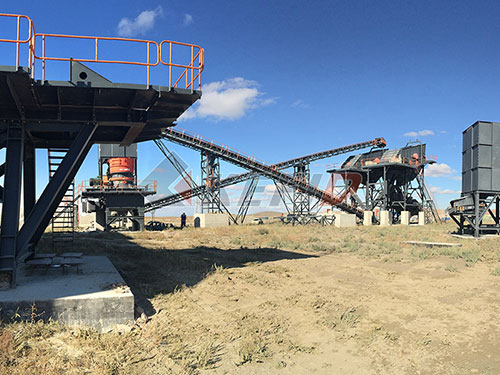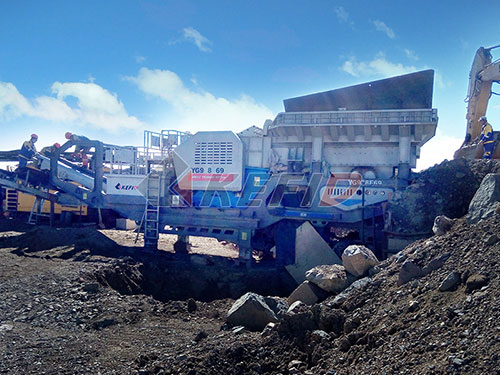The Engine Room of Nutrition: Soybean Crushing in Egypt
Egypt, a nation nourished by the Nile yet challenged by limited arable land and a burgeoning population exceeding 105 million, faces a constant imperative: securing affordable sources of protein and edible oils. At the heart of meeting this critical demand lies an often-overlooked industrial process – soybean crushing. This vital sector acts as the indispensable engine converting imported raw soybeans into the fundamental ingredients underpinning Egypt’s food security and livestock industry.
The Imperative: Bridging the Protein Gap
Egypt possesses minimal domestic soybean production, cultivating only around 20,000-30,000 tons annually – a fraction of its colossal needs. Consequently, the country relies heavily on imports, consistently ranking among the world’s top soybean buyers (often within the top 10 globally). In recent years (2022/23), imports have frequently exceeded 1.5 million metric tons, sourced primarily from Brazil, Argentina, and the United States.
This massive import volume isn’t driven by a direct appetite for beans themselves, but by the essential products derived through crushing:

1. Soybean Meal (SBM): The primary output (~80% yield), constituting over 70% of Egypt’s protein feed concentrate market. This high-protein meal is indispensable for poultry, dairy cattle, fish farms (aquaculture), and livestock feed mills nationwide.
2. Soybean Oil: The second major product (~18% yield), serving as one of Egypt’s key sources of affordable edible vegetable oil alongside palm oil and sunflower oil.
The Crushing Process: Transforming Beans into Building Blocks

Modern Egyptian crushing facilities are sophisticated industrial plants:
1. Cleaning & Preparation: Imported soybeans undergo rigorous cleaning to remove foreign materials.
2. Dehulling: Hulls are removed to increase protein concentration in the meal.
3. Crushing & Flaking: Beans are cracked and rolled into thin flakes.
4. Solvent Extraction: Flakes are treated with food-grade hexane to extract crude soybean oil efficiently.
5. Desolventizing & Toasting: The residual flakes (now called “white flakes”) have solvent removed and are toasted to deactivate anti-nutritional factors like trypsin inhibitors.
6. Oil Refining: Crude soybean oil undergoes refining (degumming, neutralizing, bleaching, deodorizing) to produce clear, stable edible oil suitable for cooking and frying.
7

Leave a Reply